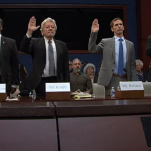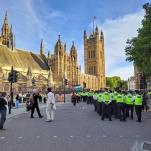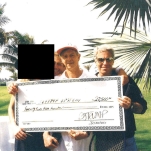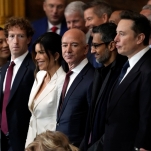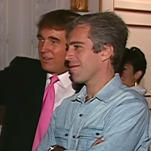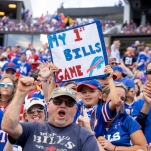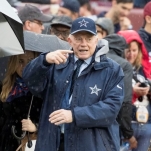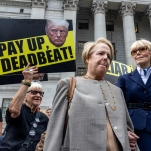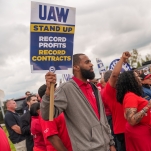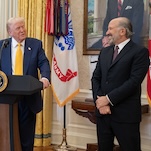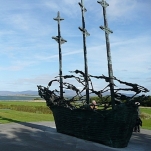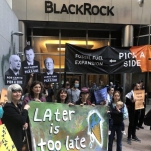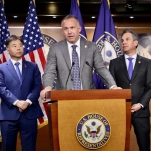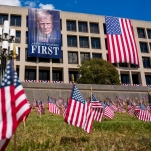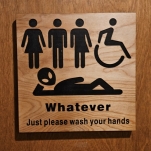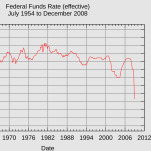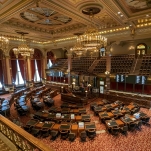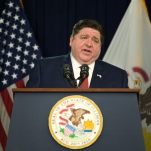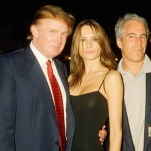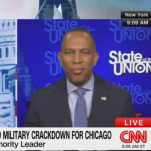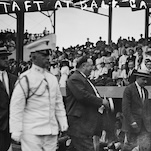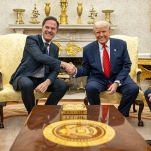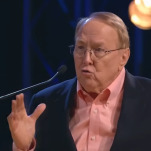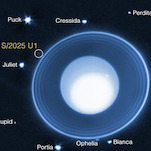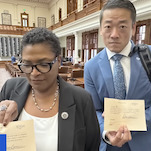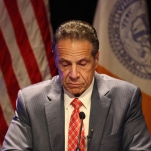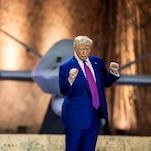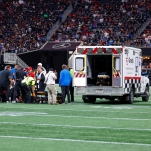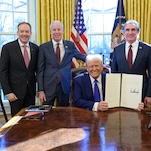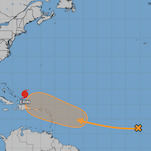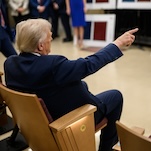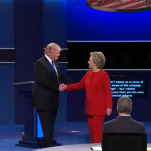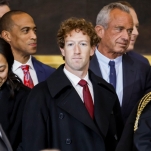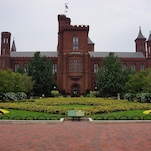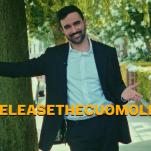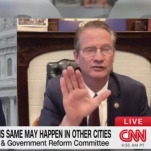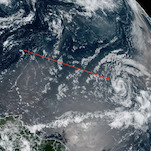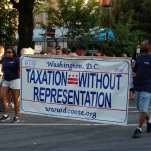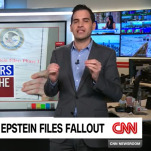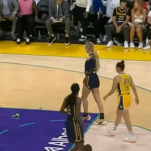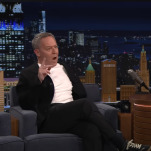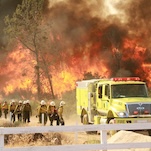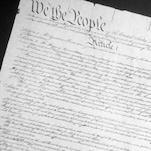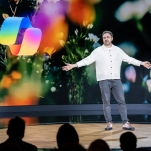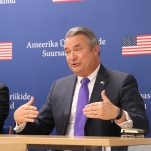ASL and Black ASL: Yes, There's a Difference
Some have said that Drake, best known for his emo Hip-hop music and black and Jewish roots, owes his success to his ability to code-switch. Code-switching involves moving freely between two different languages or dialects of a single language. For many people of color, especially mixed-race and multi-cultural people, code-switching is natural and happens in speech without much thought–if any any at all.
The same can be said about Sheena Cobb, 29. Cobb uses both ‘mainstream’ American Sign Language (ASL) and Black ASL depending on who she is with.
“I’ve used mainstream ASL because a lot of people in the community use it, she said through a video-phone interpreter system called VRS. “When I’m with black deaf people, then we usually, naturally revert to Black ASL.”
Like Drake’s moving between dialects, Dr. Carolyn McCaskill, professor of ASL and Deaf Studies at Gallaudet, a federally chartered private university for the deaf and hard of hearing located in Washington, D.C., has called this type of switch cultural and linguistic code-switching.
But the act of code-switching, at least among the black deaf is nothing new. Phrases like “what’s up” and “my bad” are signed differently in Black ASL, which tends to be more expressive in nature than mainstream ASL.
A common misconception is that sign language is a universal language. It is not. In fact, there are more than 200 distinct sign languages around the world.
According to Dr. Joseph Hill, assistant professor in the Professions of Deafness Programs at the University of North Carolina at Greensboro, language variation happens for two reasons: social factors (such as age, gender, race and socio-economics) and geographical factors (such as whether someone is from the North or the South). So, it would be impossible for there to be one universal sign language.
ASL is “a complete, complex language that employs signs made by moving the hands combined with facial expressions and postures of the body. It is the primary language of many North Americans who are deaf and is one of several communication options used by people who are deaf or hard-of-hearing,” according to the National Institute of Health.
In communities where there is a significant deaf population, a regional dialect may form. Famous examples include Martha’s Vineyard Sign Language, Kata Kolok in Bali, Adamorobe Sign Language in Ghana and Yucatec Maya sign language in Mexico, according to Disabled World.
-

-

-

-

-

-

-

-

-

-

-

-

-

-

-

-

-

-

-

-

-

-

-

-

-

-

-

-

-

-

-

-

-

-

-

-

-

-

-

-

-

-

-

-

-

-

-

-

-

-

-

-

-

-

-

-

-

-

-

-

-

-

-

-

-

-

-

-

-

-

-

-

-

-

-

-

-

-

-

-

-

-

-

-

-

-

-

-

-

-

-

-

-

-

-

-

-

-

-

-

-

-

-

-

-

-

-

-



